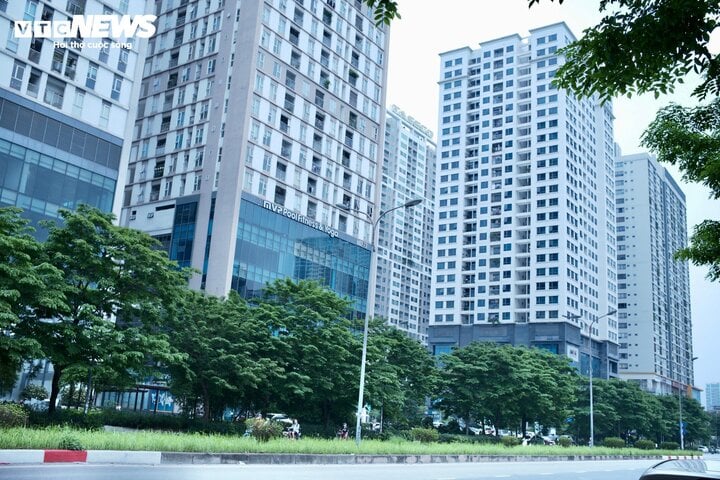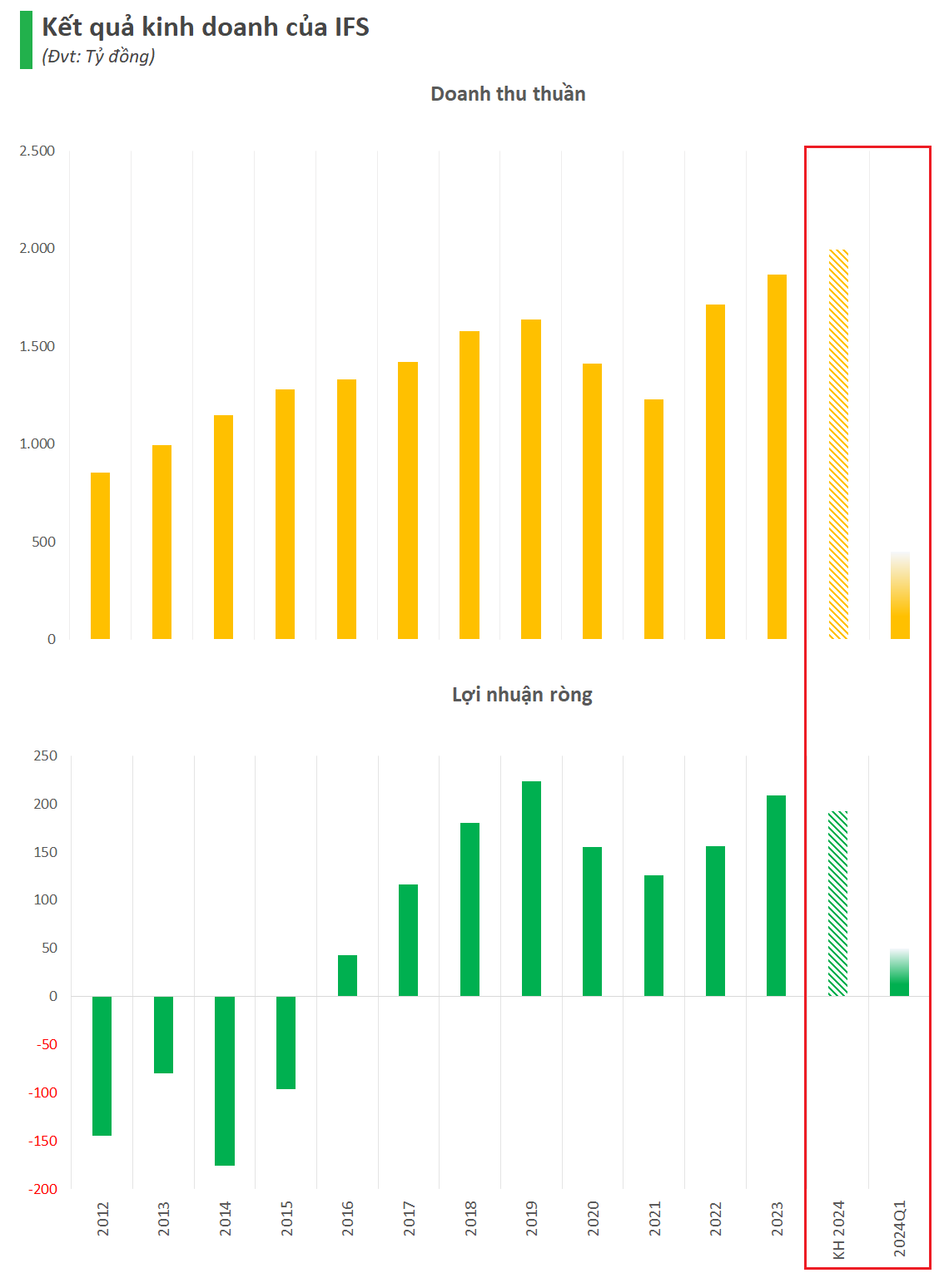Savills’ first-quarter 2024 Hanoi housing market report shows that primary condo prices in Hanoi have reached 59 million VND/m2, rising 3% quarterly and 14% annually.
The supply-demand imbalance in the condo segment persists. The market continues to record a shortage of products under 30 million VND/m2 (Class C) when these products account for only 4% of the new supply and have been sold out. Since 2020, the primary supply of Class C has decreased by 47% each year.
Given the escalating house price, Ms. Do Thu Hang, Senior Director, Consulting and Research Department, Savills Hanoi, advises home buyers with real housing needs to consider supply in neighboring localities such as Hung Yen or Bac Ninh, the 4th or 3.5th ring road areas.
With infrastructure development, suburban areas will be “pulled closer” to the city center, reducing travel times.
“In neighboring provinces or suburban areas, investors can access land at lower costs, creating a supply of more affordable housing “, said Ms. Hang.

Apartment prices in Hanoi reached 59 million VND/m2 in Q1/2024. (Illustration: Cong Hieu)
Savills’ report also shows that Hanoi’s condo supply recorded in the first quarter of 2024 increased by 41% quarterly and 99% annually, with 4,062 units. The primary supply in the quarter reached 12,928 units, up 9% quarterly but down 34% annually.
“The supply is mainly concentrated in Class B apartments, accounting for nearly 90%. The Class C condo segment in the primary market and Class A apartments account for only a very small proportion. Moreover, from now until the end of the year, although major laws have been passed, the new supply has not yet improved“, Hang forecast.
Meanwhile, in both major cities such as Hanoi and HCMC, the annual natural demand for housing is about 50,000 houses. This is the result of immigration, adults living independently, and the average number of people in a house decreasing…. This demand has not been met by supply constraints for a while, leading to pent-up demand for housing.
Macroeconomic factors such as the volatile gold market and low interest rates have also led investors to seek reasonable and long-term investment channels, which inevitably drive up the demand for apartments in the Hanoi market.
Agreeing with Ms. Hang’s point of view, Mr. Nguyen Quoc Anh, Deputy General Director of PropertyGuru Vietnam, emphasized the need to promote the construction and upgrading of the public transport system, including metro lines. Convenient transportation will encourage people to move out of the center, reducing the demand for housing in the inner city.
According to Mr. Quoc Anh, this will help people buy affordable houses, and in the long run, cool down house prices in the center of big cities.
Earlier, the first-quarter 2024 real estate market report by PropertyGuru Vietnam showed that after 6 years, the average price increase of apartments in Hanoi reached 70%. Specifically, apartments in Hanoi cost an average of 46 million VND/m2, while the price of apartments in HCMC is 48 million VND/m2.
At the beginning of 2018, the prices of apartments in Hanoi and HCMC were only 27 and 31 million VND/m2, respectively.
Many studies also show that over the years, the growth rate of house prices has been much higher than the income growth of the people. According to Savills Vietnam, Hanoi is striving to achieve an average per capita income in 2023 of 150 million VND/person/year. In terms of correlation compared to 2019, the average income growth rate is 6%/year.
Meanwhile, the growth rate of apartment prices from 2019 to the first half of 2023 reached 13%/year.
“This figure shows that the per capita income growth in Hanoi is nearly half lower than the growth rate of apartment prices“, said Ms. Do Thu Hang.
Ms. Hang warned that homeownership will become even more difficult if this gap widens.
Dr. Le Xuan Nghia, a financial-banking expert, also cited evidence of the vast gap between house prices and people’s incomes.
Specifically, a worker under the age of 30 has an average income of about 15 million VND/month. After deducting living expenses in large cities like HCMC or Hanoi, there is a surplus of about 6 million VND, so it will take at least 20 years to accumulate 1.5 billion VND. With an income of 20 – 30 million VND/month, to buy an apartment of 1.5 billion VND, it will take 10 – 15 years to accumulate.
According to PropertyGuru Vietnam, the average selling price of types of housing in Hanoi is 22.8 billion VND/unit for townhouses; 17.8 billion VND/unit for villas; 6.3 billion VND/unit for private houses; and 3.1 billion VND/unit for apartments. Meanwhile, the average per capita income of workers in Hanoi in 2023 is estimated at 135 million VND/year.












